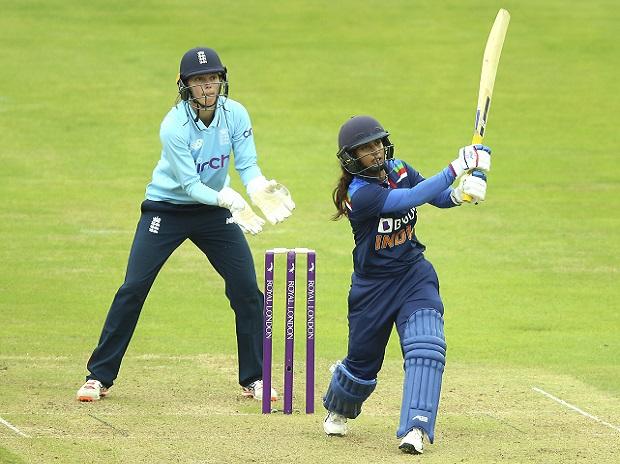By: Explained Desk
In a historical decision the Board of Control for Cricket in India headed by Roger Binny has ruled that women and men cricketers will henceforth get equal allowances and match fees.
Jay Shah, the Honorary Secretary of BCCI, said women cricketers will be paid the same match fee as the men: Test matches at Rs 15 lakhs, ODI matches at Rs 6 lakhs and T20I at Rs 3 lakhs.
In a landmark move, the Board of Control for Cricket in India (BCCI) announced Thursday (October 27) that it will be implementing a new pay equity policy for its contracted women cricketers, effectively paying men and women cricketers the same match fees.
The members of the 15th BCCI Apex Council passed the resolution unanimously and the decision was lauded by Indian cricket players on Twitter. Sachin Tendulkar said, “Cricket has been an equalizer in many ways. This is a welcome step towards gender equality in the game and erasing discrimination from the sport.”
What will the decision mean for the players?
Jay Shah, the Honorary Secretary of BCCI, said women cricketers will be paid the same match fee as the men: Test matches at Rs 15 lakhs, ODI matches at Rs 6 lakhs and T20I at Rs 3 lakhs.
Indian women’s cricket team captain Harmanpreet Kaur, tweeted on Thursday, “Truly a red letter day for Women’s Cricket in India with pay parity announced for women and men. Thank you @BCCI and @JayShah.”
Until now, while this was the match fee for each Test, ODI and T20 for the men, Indian women’s cricketers earned Rs 4 lakhs for test matches, and Rs 1 lakh for T20s and ODIs, Reuters reported.
In cricket, apart from the match-wise fees, there is a retainership payment system. For women cricketers, Rs 50 lakh for Grade A cricketers, Rs 30 lakh for Grade B and Rs 10 lakh for Grade C cricketers are paid annually apart from the match fees. Men cricketers, who play a higher number of games, are paid between Rs 7 crore and Rs 1 crore depending on their grade, starting with an A Plus grade. There will be no change in this, as of now.
The newly-appointed President of the BCCI, Roger Binny, said, “Our women players will be paid the same match fees as men in international cricket. This decision sets the platform to grow and develop cricket. I believe this is a significant step forward for women’s cricket and the game overall.”
Is India the only country to bring pay parity in sports?
No, the first country to do so was New Zealand in July 2022. New Zealand Cricket, the governing body for professional cricket in the country, and the players’ association signed a five-year deal so that both international and domestic level-women players will receive the same match fees as men across all formats and competitions. There will also be equity on matters such as travel, accommodation, and the wider playing and training environment. The men’s team also continues to have higher retainers than the women.
Australia has also recently begun ambitious plans to popularise cricket in the country this year, with a focus on bringing women’s cricket on par with men’s cricket. Cricket Australia, the governing body for professional and amatuer cricket in the country, aims to double the number of boys playing the game in the age group of 5-12 years to 2,10,000 and quadruple the number of girls in the same age bracket to 60,000. It has also increased women’s pay significantly in the last few years.
Similarly, the Committee of Administrators that runs the affairs of the Table Tennis Federation of India, said in May 2022 that it would offer equal prize money for men and women in all the national zonal tournaments – including national championships across age groups.
In another significant step, the US Soccer Associations for men and women negotiated agreements for equal pay this year as well. This was a rarity, given most sports see the men get a higher fee due to a variety of reasons – they play more games per season, and they get more advertisements and corporate sponsorship based on the size of their audiences. However, it has been argued that a basic equal fee could motivate more women to join and view sports, and eventually command a similar following as the men’s matches.
Courtesy: The Indian Express
